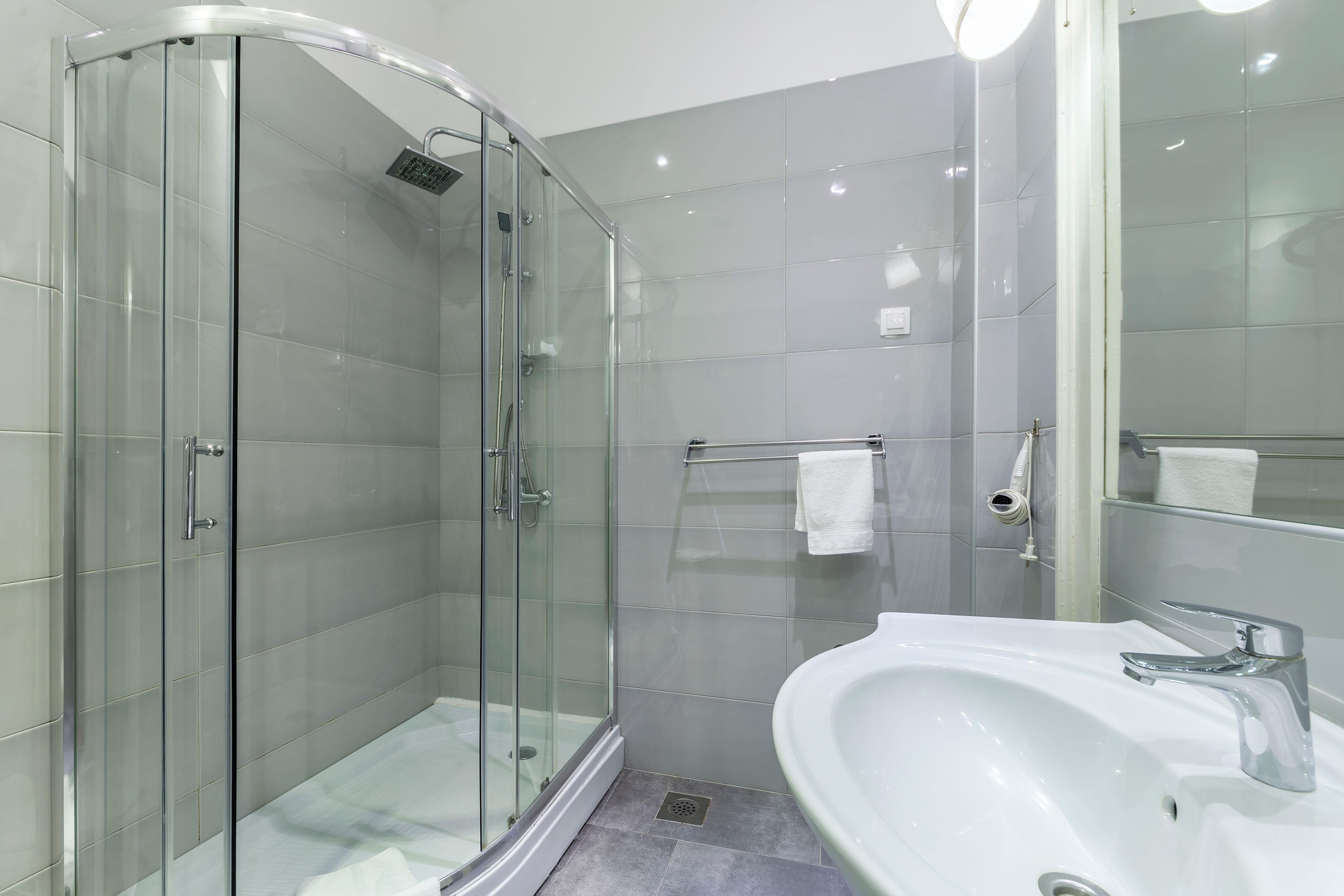
January is the time when we look at everything with a fresh set of eyes, and the benefits of a clean, clutter-free home are well storied.
Moreover, focusing on your favourite rooms with some DIY projects, painting, panelling and getting out the tool box is good for the mind, body and soul; not to mention the sense of accomplishment when you admire your handywork.
Here, Jimmy Englezos, senior brand manager from Ronseal, shares his top DIY jobs to create a positive environment for the year ahead…
The living room
Refresh the walls with a new paint job
It’s the heart of the home and top priority when it comes to DIY refreshes, especially having endured all the Christmas and New Year celebrations, highlights Englezos.
“Thankfully, something as simple as a lick of fresh paint is all that’s needed to get it looking its best again.
“Not only can a new colour brighten up the appearance of a room, but can also help give the illusion of a larger space,” he adds.

He suggests lighter colours such as beige, off-white tones or pastels to freshen and brighten, whereas darker colours have the opposite effect.
“Bolder choices like blue and green tones can also create a relaxing and calming environment, providing a nod to the natural world.”
Add some character with panelling
Panelling is a great way of transforming a space on a budget, which makes it a popular DIY choice, underlines Englezos. He says you can do this by using pre-cut panelling kits, or cutting and arranging your own.
Two of the most common styles…
Shaker panelling: Otherwise known as board and batten panelling, this has wooden planks traditionally arranged in a square or rectangle that adds visual texture to a wall, explains Englezos. “It’s one of the most popular DIY panelling styles.”
Wainscoting panelling: Most commonly used to cover the bottom half of a wall, making it ideal to help protect against scuff marks, notes Englezos, and a popular choice for hallways and stairways.
The bathroom
As Englezos points out, the bathroom really gets put through its paces during the winter months with high levels of steam and condensation. “This can bring a host of issues including a build-up of dirt, grime, and even mould.”
To have your bathroom sparkling again, check out these two simple jobs…
Treat any areas of mould growth: Mould is especially bad during winter where it can grow in damp, humid environments, quickly spreading and damaging home interiors, warns the DIY expert.
To efficiently remove, he says mould spray can be used on targeted areas. For budget-friendly options, try a mixture of bleach and four parts water to wipe from surfaces.

Give the tiles an overhaul: Clean wall tiles by mixing bicarbonate of soda and vinegar, creating a paste that can be scrubbed onto tiles, advises Englezos.
“Cleaning tiles is not only essential for a sparkling appearance, but also ensures hygiene is maintained in what is typically a high-moisture environment where mould is prone to growth.”
He continues: “Tile grout can also become dirty, making tiles appear dull and uneven. You can easily and quickly re-define them using a grout pen to fill in the lines between each tile with a fresh coating.”
The kitchen
Another high-traffic area that’s prone to a build up of condensation from cooking, now’s a great time to give it a small refresh for the year ahead…
Painting on splashback tiles: “Old kitchen tiles can easily be given a new appearance with some paint,” says Englezos. “Make sure to clean down the tiles and cover any surrounding surfaces and grout lines. Apply several thin layers of paint for a smooth finish, allowing time for the paint to settle between each layer.”
Once a few base layers have been applied using a small brush, he says a foam roller can be used to cover a greater surface – and ensure no brush stroke lines. “Once the paint has dried, re-define the grout lines using a grout pen.”
Refresh your cupboard doors: Painting kitchen cabinets is an effective way to increase their durability and longevity. Moreover, applying a new layer of paint can serve as a protective coating, improving their lasting condition and appearance, says Englezos.
“Make sure to remove cupboard contents and take off handles and hinges from drawers and cupboards. Place a dust sheet down and clean the surface you’re painting using a sugar soap solution.
“Sand down areas and use a flat-edged scraper to get underneath the paint, removing any bubbling or peeling, helping the paint to stick better.”
The hallway and stairs
It’s safe to say stairs in the home get hit with constant movement, meaning scratches and scruffs can easily form. But instead of trying to cover them up, Englezos says: “Why not remove them using some wood wax?”
Simply clean down the area beforehand and lightly sand the surface to reset it, he says. “Then apply the first coat of wax before leaving it to dry and applying another coat. For deeper scratches, a wax stick can be used to fill these in so they are once again flush with the wood surface.”
Create an at-home gallery wall: A gallery wall can be used to add personality to a space which is often bare, suggests Englezos. “Hanging pictures increase vertical space, utilising all areas of the home, connecting the upstairs to the downstairs or the hallway to the living room.”
To create a gallery wall effect, head to YouTube for inspiration and step-by step tutorials.







